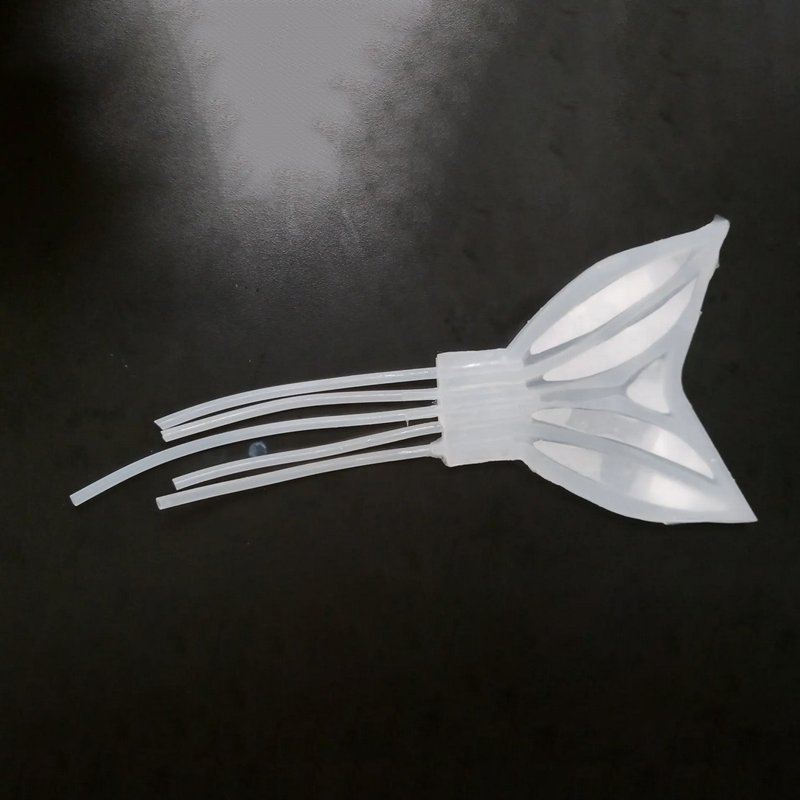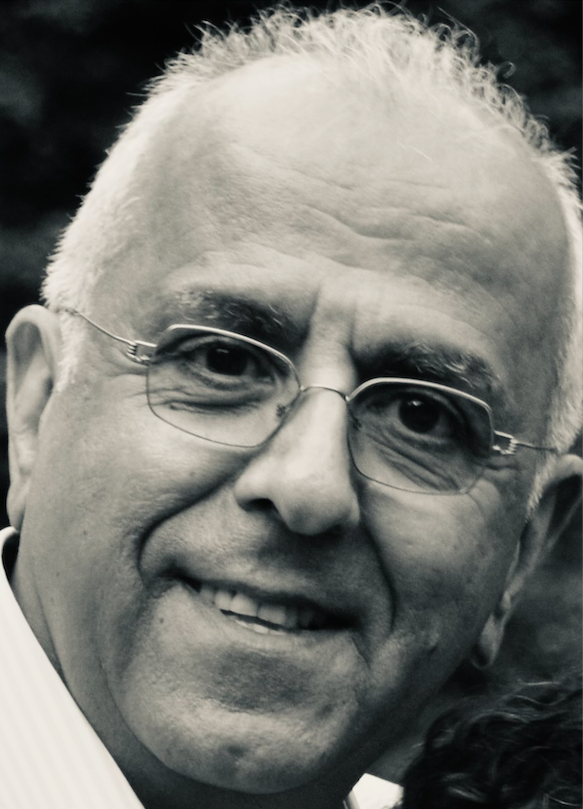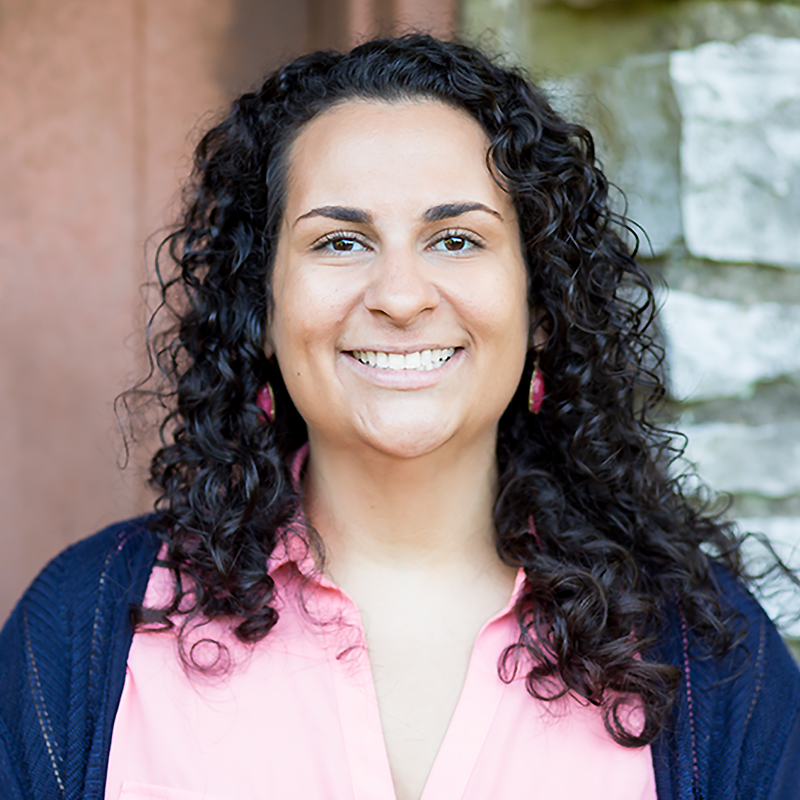News Story
The Solar Decathlon
By Matt BivensThe Failsafe Point — The Nation
October 3, 2002
It was the perfect one-two punch: On September 27-28, thousands hit the streets of Washington to demand that the World Bank change its priorities; a key demand was for the Bank to renounce monster fossil-fuel projects around the world and instead support cleaner renewable energy. Even as the crowds were chanting "More World, Less Bank," the Solar Village--fourteen model solar-powered homes, built by competing universities--opened to tourists on the National Mall.
People streaming out of the Smithsonian Metro station that Saturday had their choice: They could turn left toward the Washington Monument grounds, the gathering point for a march through the city's streets to demand a more positive, people-friendly global future; or they could turn right, toward the Capitol building, where student teams in matching polo shirts were demonstrating that such a future is already within reach.
The Solar Decathlon, which runs through October 6, was dreamed up by Richard King, who works for the Energy Department's Office of Solar Energy Technologies. King says he was growing impatient with home-builders in the late 1990s, wondering why they weren't pushing harder to incorporate solar power and energy efficiencies. To educate builders and the public, he came up with a solar home-building contest. Universities and colleges from Texas, Delaware, Puerto Rico, Missouri, Virginia, North Carolina, Colorado, Maryland, Alabama and Pennsylvania accepted the challenge, and for years have worked to build, design and then move to Washington a functioning solar home. On October 5 at noon, one of the houses--whichever one scores the most points in ten events measuring its generation and use of energy, its comfort and aesthetics as a home, and even its success with a solar-powered car for about-town errands--will be crowned the Decathlon champion.
The result is a science-and-architecture exhibit particularly fascinating because every solar panel and each clever innovation is already commercially available. Decathlon participants and organizers are emphatic that theirs are not futuristic visions, but homes that can be built today--even by students working on modest budgets. And since the Solar Village is nestled at the foot of Congress, it's a message our elected representatives shouldn't be able to avoid.
"Students have been wined and dined on the Hill," says King. "Each state that the teams come from has had its [Congressional] representatives come visit for a tour, and Hill staffers have come for briefings."
The homes themselves are great fun, and students are happy to take time out from mulching the shrubs and sweeping the decks and porches to show them off. The University of Maryland's rectangular white home, with a south-facing roof of blue photovoltaic (PV) panels, looks like dream campus housing--complete with the Terps logo on the folding chairs and the kitchen-table glassware. The Maryland team members say they wanted to prove a solar house could look like any old house. The University of Colorado took a similar tack, and went out of its way to design a house that thumbs its nose at the stereotypical solar roof--45-degrees of south-facing cheese wedge. Their roof is less steep and has three different tiers, firmly making the point that solar can work on any roof. Inside, the Colorado students also incorporated recycled materials--kitchen cabinets made of sunflower board, a table of pressed soy and newsprint, a hard smooth floor of pressed bamboo. All of it is commercially available. "We wanted to show that anyone can do this," says Michael Brandemuehl, a faculty adviser.
The same goes for energy-efficient appliances, like the induction cook-top used by the University of Texas and some other schools: It uses magnetic waves to heat the ferrous metal pot but not the cook-top itself (one can lift the pot and immediately put a hand on the cooking plate).
King says installing a four-kilowatt roof system of the sort in use by most of the Solar Village teams would cost about $20,000. The sunlight itself is free, but the installation and maintenance works out to about 20 cents per kilowatt-hour over the system's life--against about 5 cents per kilowatt-hour charged by Washington-area utilities.
"But we're bringing the costs down. Ten years ago, it was astronomical. In another ten years, it'll be at the break-even point," King says. He says once PV systems are popular enough to enter mass production, their costs will plummet--just as happened with VCRs and personal computers, which began as prohibitively expensive luxuries.
For those who can't wait, there are state-by-state subsidies for solar-roof installations, while thirty-four states require utilities to buy energy generated by local consumers. King wants that practice to spread nationwide. "We need a national net metering law, so anybody who buys a PV system can hook it up and run the meter backwards. Then you can use the utility as your storage system--pushing energy to them in the daytime, then drawing back from them at night."
But if solar power remains pricey, efficiency puts money in one's pocket. At the Solar Decathlon, husbanding the solar electricity generated is key to winning. That doesn't mean suffering and self-denial--the house built by scrappy Crowder College of Missouri, a two-year school that funded its project by selling the house in advance, includes a solar-powered hot tub on the deck. What it does mean is reliance on Energy-Star appliances, a government label for efficient appliances, in which the slight premium in purchasing price is often earned back in scant months in lower utility bills. There are no incandescent light bulbs in use, because for every $1 spent powering one, 10 cents goes to lighting and 90 cents is wasted as heat (which then increases air-conditioning costs and generates about 500 pounds of air pollution over the bulb's short life). An off-the-shelf compact fluorescent, by contrast, uses 75 percent less energy, lasts ten times as long as a regular bulb and saves at least $25 in energy costs over its lifetime.
These numbers come courtesy of information boards posted throughout the Solar Village.
Published October 3, 2002









